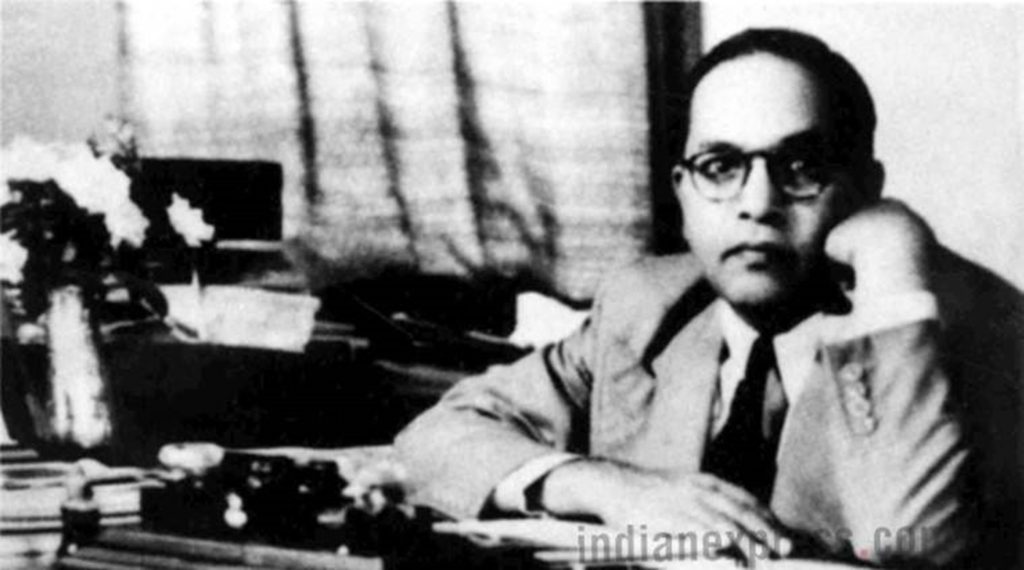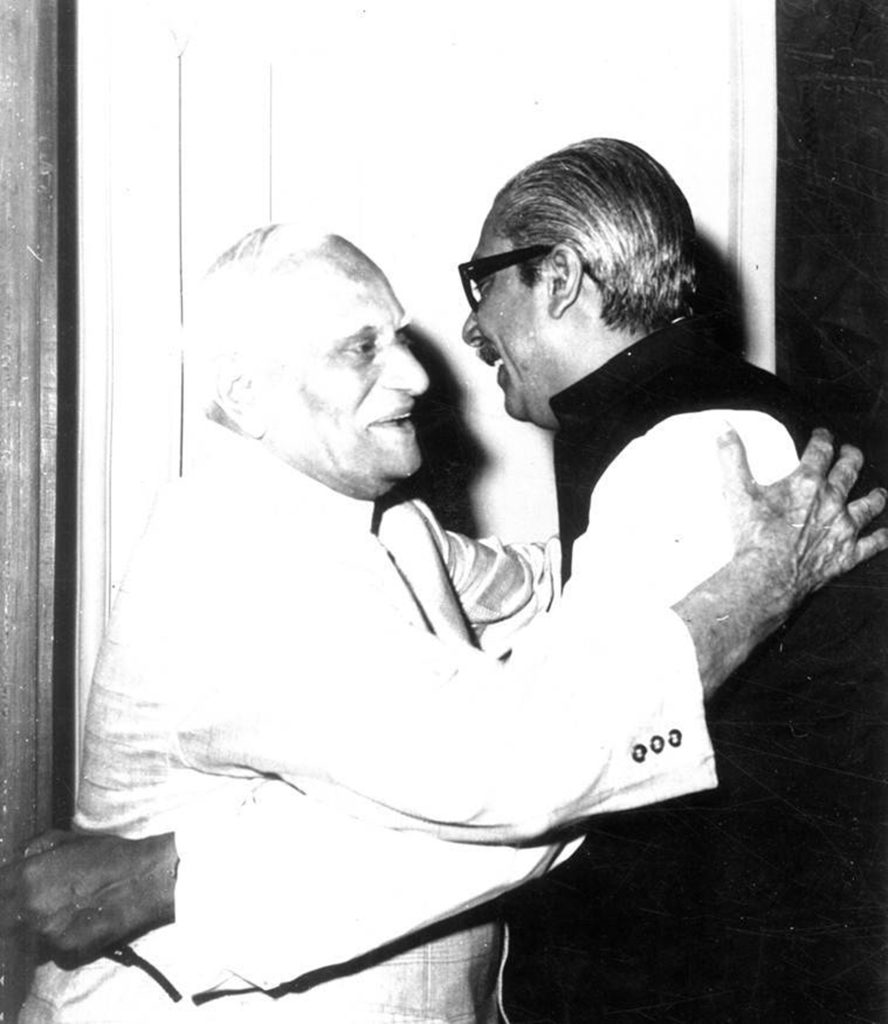GS paper 2, Indian Polity
Making of the Indian Constitution
- The roots of the Indian Constitution lie in the nationalist movement against colonial rule as well as movements for responsible and constitutional governments in the princely states.
- A number of constitutional reforms were initiated by the British government in November 1858, when Queen Victoria was proclaimed the Empress of India.
- The Indian Councils Act of 1861 reconstructed the Governor-General’s Council and separated the legislature from the executive.
- Series of reforms in 1891 and 1909 which sought to increase the representation of Indians within the various councils of the government.
- Constitutional experiments carried out by Indians themselves.
- Raja Ram Mohan Roy in early 19th century Calcutta.
- Bal Gangadhar Tilak’s Swaraj Bill of 1895, first non-official attempt at drafting a Constitution for India.
- The 1919 Montague-Chelmsford reforms was the genesis of responsible government in India.
- In 1928, the All Parties Conference convened a committee in Lucknow to prepare a Constitution of India.
- The 1934 Government of India Act enacted by the British Parliament.
- The Act is considered to have been the longest piece of legislation enacted by the British Parliament at the time.
- The Act was heavily criticised by the Congress and the Muslim League.
- In 1942, the British government conceded to the request of Indians to frame their own Constitution through a Constituent Assembly.
- In 1945, the Labour Government in England announced its plan to create a Constituent Assembly of India.
- Elections to 296 seats from the British Indian provinces were completed by July-August 1946, while 93 seats for the princely states remained vacant.
- The Congress, however, went ahead with its plans and the Assembly opened in December in the Constitution Hall.
- Four days later, Nehru moved the historic Objectives Resolution in the Assembly which formed the guiding principles and philosophy of writing the Constitution.

The Making of Pakistan’s Constitution
- In January 1947, a separate assembly for Pakistan was set up by the Governor-General, Lord Mountbatten.
- Since its inception, Pakistan has been plagued by questions surrounding the Islamic character of the state and the issue of federalism, compounded by the geographic divisions between West and East Pakistan.
- These questions complicated the country’s constitutional process, resulting in multiple iterations and amendments, most notably in 1954, 1956 and finally, in 1973, after the separation of East Pakistan and the formation of Bangladesh.
- From the beginning, Pakistan’s national identity was the subject of much focus, with the goal to create a democratic state embodying the essential principles of Islam.
- The Objectives Resolution, passed by the Constituent Assembly, defined the basic directives of the state and included principles such as democracy, freedom, equality, tolerance, and social justice as enunciated by Islam.
- The resolution aimed to enable Muslims to order their lives in the individual and collective spheres in accordance with the teachings and requirements of Islam as set out in the Holy Quran and Sunna.

- Pakistan’s national identity was the subject of much focus from the beginning.
- In 1948, Jinnah expressed his desire for the Constitution to “be of a democratic type, embodying the essential principles of Islam.”
- However, Jinnah’s death complicated issues and the Objectives Resolution was passed, which defined the basic directives of the state.
- The resolution stated that “the principles of democracy, freedom, equality, tolerance and social justice, as enunciated by Islam shall be fully observed.”
- The resolution proved to be extremely controversial and was rejected by Hindu majority parties and the largest Muslim political party in East Pakistan, Awami League.
- The first Constitution of Pakistan was enacted in 1956 amidst much opposition, with concerns over the distribution of power, which was seen as favoring West Pakistan and particularly the state of Punjab.
- An important development leading up to the passage of the Constitution was the decision to amalgamate all the states of West Pakistan into one unified territory, known as the One Unit Scheme of 1955.
- The One Unit Scheme was viewed as a counterbalance against the political and population dominance of the ethnic Bengali population of East Pakistan.
- Despite East Pakistan accounting for a clear majority of the total population, its representation in the National Assembly was set at half the total membership, fuelling discord between citizens of East and West.
- Concerns over power imbalances would ultimately doom the 1956 Constitution and facilitate the formation of Bangladesh.

A Turbulent Constitutional History:
- Pakistan’s national identity was a subject of much focus from the beginning.
- In 1948, Jinnah expressed his desire for the Constitution to “be of a democratic type, embodying the essential principles of Islam.”
- However, Jinnah represented the moderate faction of Pakistani lawmakers and his death greatly complicated issues.
- The Objectives Resolution, passed by the Constituent Assembly, reflected a “compromise between traditionalists and modernists” in defining the basic directives of the state.
- The first Constitution of Pakistan was enacted in 1956 amidst much opposition by Hindu majority parties and the largest Muslim political party in East Pakistan, the Awami League, who rejected it.
- Their biggest concern was the distribution of power, with both arguing that the document favored West Pakistan, and particularly the state of Punjab.
- The One Unit Scheme of 1955, which amalgamated all the states of West Pakistan into one unified territory, was viewed as a counterbalance against the political and population dominance of the ethnic Bengali population of East Pakistan.
- Despite East Pakistan accounting for a clear majority of the total population, its representation in the National Assembly was set at half the total membership, fuelling discord between citizens of East and West.
- The 1958 military coup by Ayub Khan, which altered the Constitution and changed Pakistan from a parliamentary to a presidential system, further isolated the political participation of East Pakistanis.
- Sheikh Mujibur Rahman, or Mujib, announced his six-point plan for East Pakistan provincial autonomy in 1966, opposing the leadership of Khan and championing for the rights of East Pakistanis.
- The making of Pakistan’s Constitution was a complicated process that was plagued by questions surrounding the Islamic character of the state and the issue of federalism, compounded by the geographic divisions between West and East Pakistan.
- From the beginning, Pakistan’s national identity was the subject of much focus and the Objectives Resolution was passed to define the basic directives of the state.
- The first Constitution of Pakistan was enacted in 1956 but was met with much opposition by Hindu majority parties and the largest Muslim political party in East Pakistan — Awami League.
- The One Unit Scheme of 1955, which amalgamated all the states of West Pakistan into one unified territory, was seen as a counterbalance against the political and population dominance of the ethnic Bengali population of East Pakistan.
- This led to power imbalances between East and West Pakistan and ultimately contributed to the formation of Bangladesh.
- Pakistan suffered its first military coup in 1958 under Ayub Khan and the Constitution was fundamentally altered, changing Pakistan from a parliamentary to a presidential system.
- This further isolated the political participation of East Pakistanis and led to years of unrest and political protests.
- In 1970, General Yahya Khan instituted the Legal Framework Order (LFO) in an attempt to secure a future Constitution, but his miscalculations led to the pro-separatist Awami League winning control of the government and the Bangladesh Liberation War of 1971.
Independent Countries
In summary, both Pakistan and Bangladesh have had a tumultuous constitutional history. Pakistan’s first Constitution, passed in 1956, was met with much opposition by the Hindu majority parties and the largest Muslim political party in East Pakistan, the Awami League, due to concerns over power imbalances and the distribution of power favoring West Pakistan.
This led to the formation of Bangladesh in 1971. The 1973 Constitution of Pakistan failed to resolve the conflict between the Centre and the states, and it was suspended twice by military coups between 1985 and 2002.
In contrast, Bangladesh’s process of outlining a Constitution was simpler, but the implementation of it was interrupted by a series of military coups between 1975 and 1991. The parliamentary system was finally restored in 1991.
Source: Indian Express





